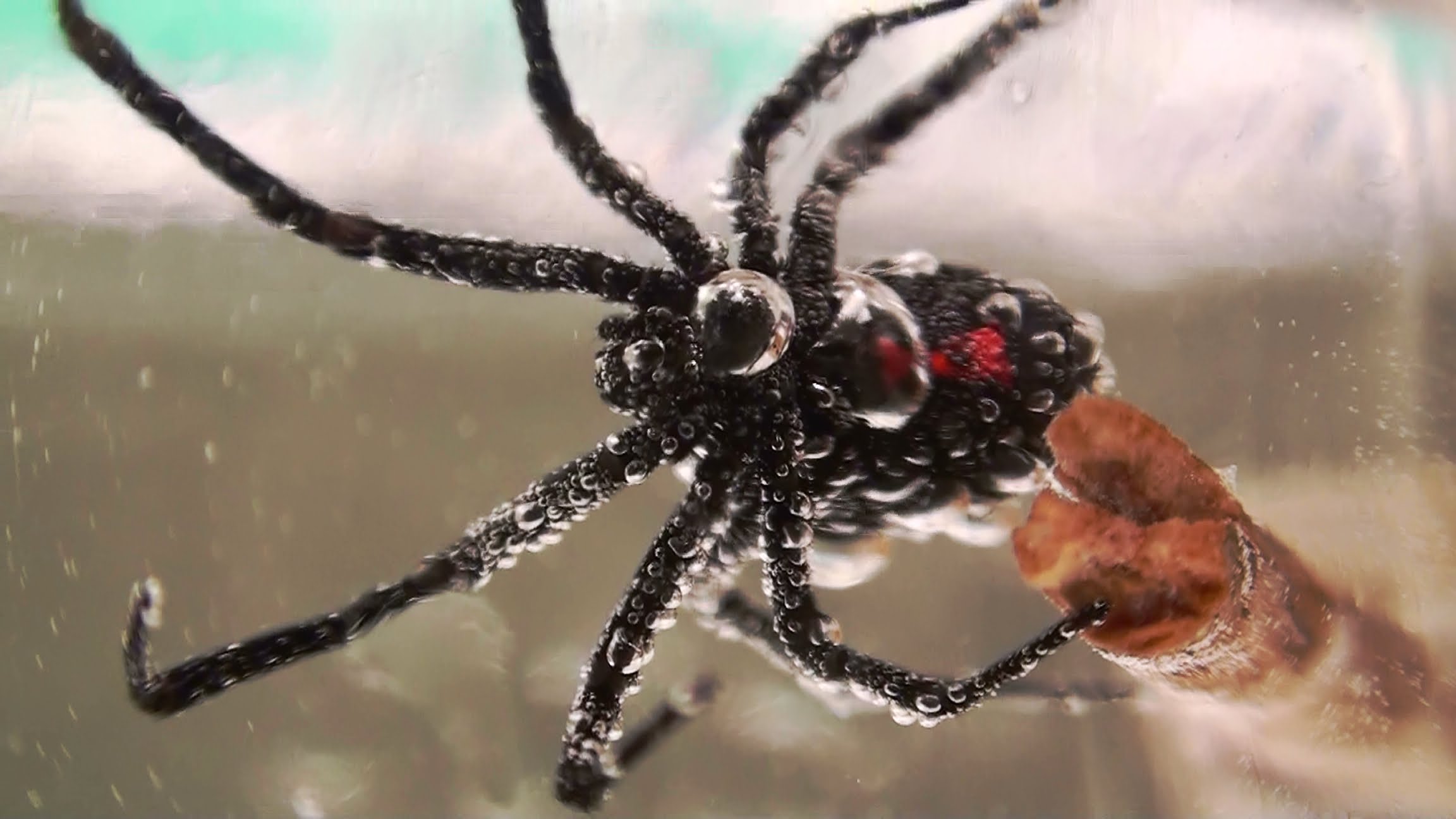Spiders are everywhere. Every house has them. Don’t deceive yourself, they are there.
We have all been disgusted to learn that we probably eat around eight spiders a year, or inhale them when we’re asleep. But how about them? What happens if they decide they’d like a piece of us?
Turns out that if they got it together all the spiders in the world could eat all the humans in the world in under a year. One. Year.
How do we know this?
Two European biologists recently asked: How much does the world’s entire spider population eat in a year?
Martin Nyffeler and Klaus Birkhofer published their estimate in the journal the Science of Nature in an article called:
An estimated 400–800 million tons of prey are annually killed by the global spider community
WTH?
Let’s put this in perspective. That’s double the amount of meat and fish that humans consume each year – and it is also almost triple the weight of all the humans in the world added together.
The seven billion humans on Earth consume about 400 million tons of meat and fish each year. The world’s adults collectively weigh around 287 million tons. Even if you tack on another 70 million tons to account for the weight of children, it’s still not equal to the total amount of food eaten by spiders in a given year.
As they eat many types of insect (and a few larger creatures) spiders are doing the Earth a great service in keeping other species under control.
But I still don’t want them in my house. I’ll leave you with this tip. Don’t flush Black Widows down your toilet!
Here’s the Abstract from the publication in case you’re interested:
Spiders have been suspected to be one of the most important groups of natural enemies of insects worldwide. To document the impact of the global spider community as insect predators, we present estimates of the biomass of annually killed insect prey. Our estimates assessed with two different methods suggest that the annual prey kill of the global spider community is in the range of 400–800 million metric tons (fresh weight), with insects and collembolans composing >90% of the captured prey. This equals approximately 1‰ of the global terrestrial net primary production. Spiders associated with forests and grasslands account for >95% of the annual prey kill of the global spider community, whereas spiders in other habitats are rather insignificant contributors over a full year. The spider communities associated with annual crops contribute less than 2% to the global annual prey kill. This, however, can be partly explained by the fact that annual crop fields are “disturbed habitats” with a low buildup of spider biomass and that agrobiont spiders often only kill prey over short time periods in a year. Our estimates are supported by the published results of exclusion experiments, showing that the number of herbivorous/detritivorous insects and collembolans increased significantly after spider removal from experimental plots. The presented estimates of the global annual prey kill and the relative contribution of spider predation in different biomes improve the general understanding of spider ecology and provide a first assessment of the global impact of this very important predator group.
